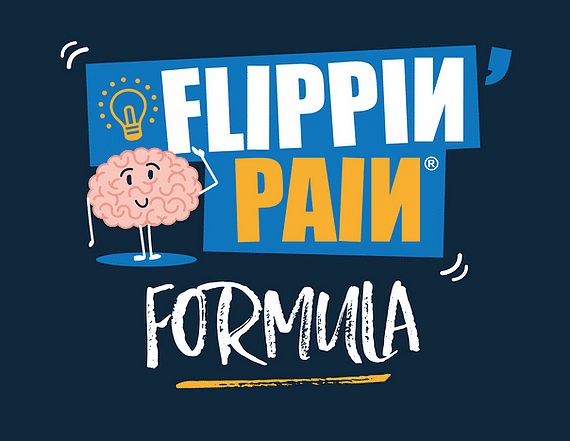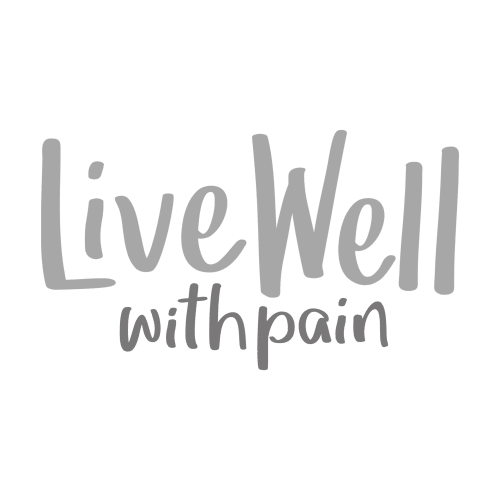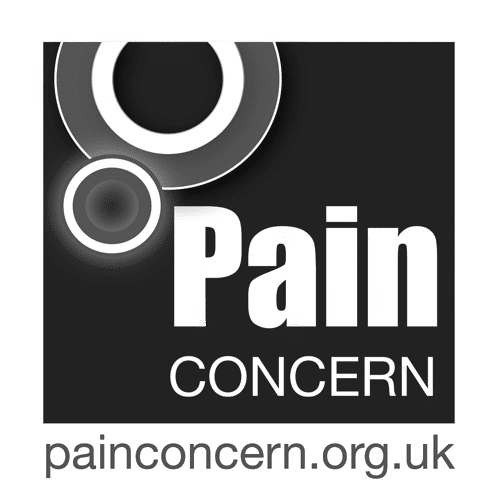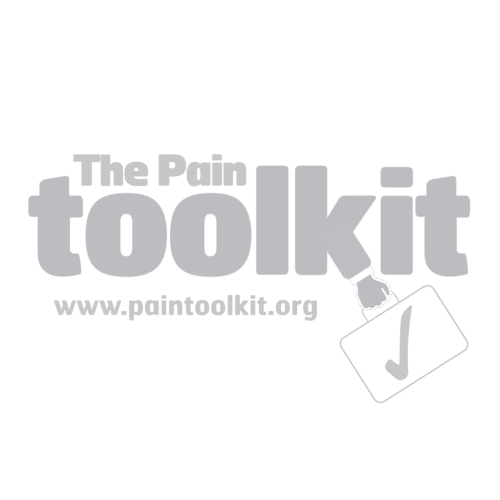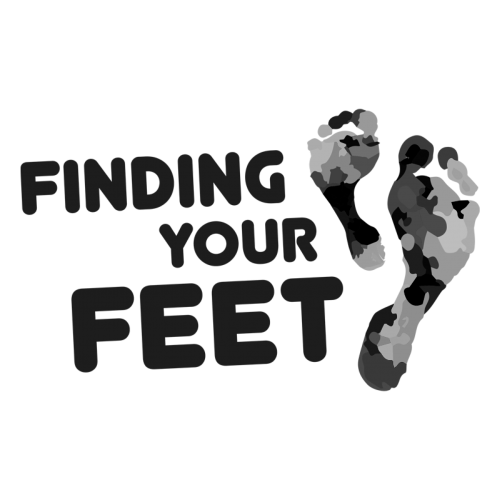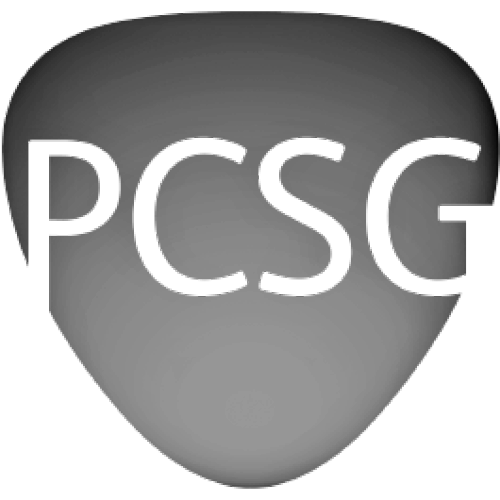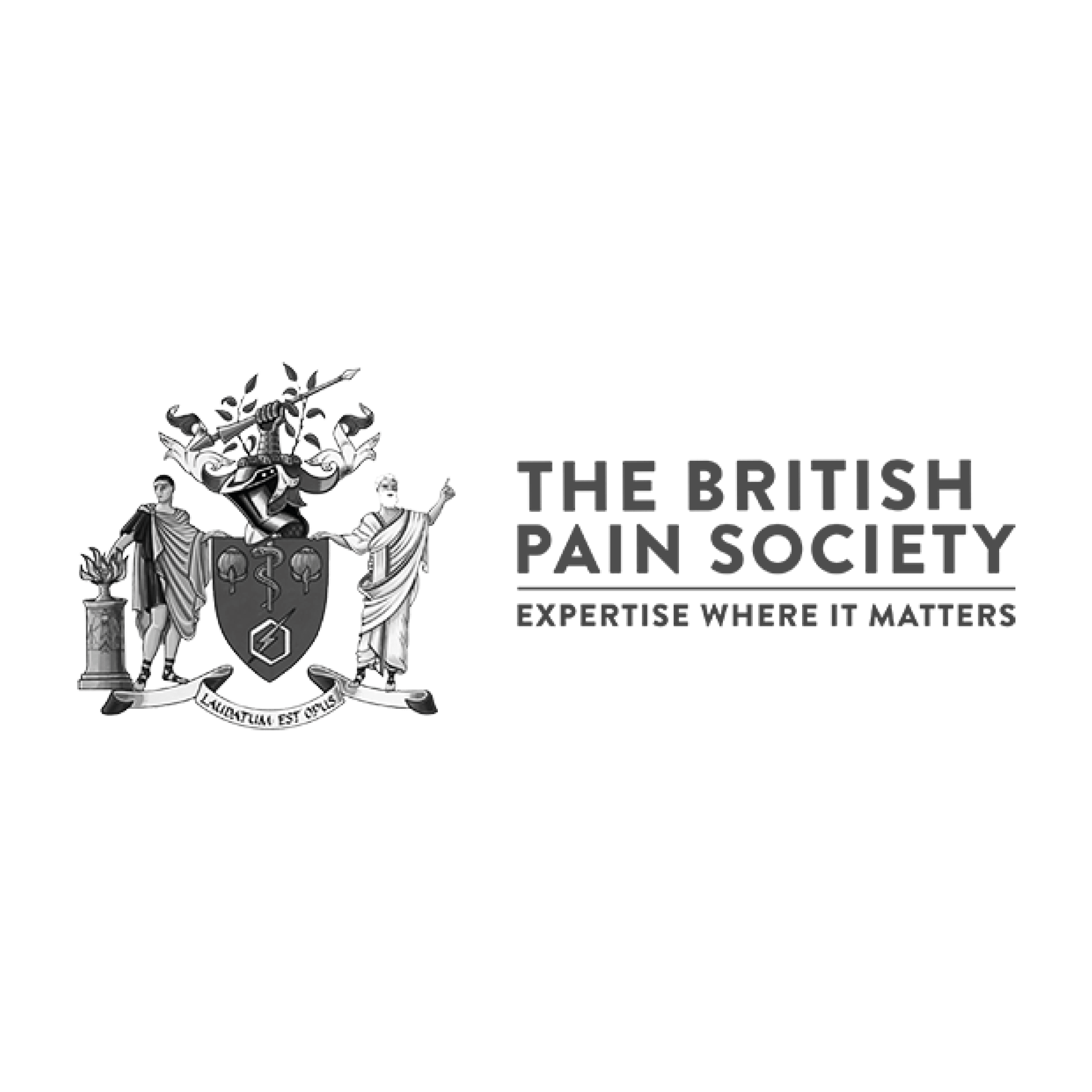The Flippin’ Pain Formula is centered around our 6 campaign messages. On this page you’ll find a podcast, an animation, and a quiz for each of the messages, allowing you to engage in learning about pain in a way that suits YOU

Welcome to the Flippin Pain Formula
Persistent pain can flip your world upside down, affecting every aspect of your life. But recovery is possible, and we’re here to help!
What if we told you that changing your understanding of pain can help you regain control and change how you experience it? It sounds incredible but science – and my personal experience – has shown that it’s true.
The Flippin’ Pain Formula includes easy-to-watch animations, podcasts, infographics, and quizzes developed by researchers, clinicians and people with lived experience that will help change the way you think about pain.
Explore these resources at your own pace and develop the knowledge and skills that can help you take back control of your pain experience.
The Flippin’ Pain Formula resources are designed to help you make sense of the science behind your pain, and support you in balancing your own personal persistent pain equation

1. Persistent pain is COMMON
I was 17 when I started experiencing persistent pain. One of the initial thoughts I had was that surely I was too young to be experiencing this level of pain!
I quickly learnt that pain does not discriminate; it does not matter who you are. I’m now keen to raise awareness of the prevalence of persistent pain in society and how it can affect anyone at any time! Your pain is your experience and it is important to make sure your voice is heard amongst those of healthcare professionals when seeking treatment.
Accessing the level of support and treatment which addresses your needs is vital and your age, who you are or what you do should not be a barrier to this.
2. Hurt does not always mean HARM
“It may seem strange, but pain levels and severity of injury are NOT closely linked.
It’s entirely possible- common in fact- to experience ongoing pain in the absence of any structural changes or damage to your body. You experience pain, but medical scans and tests are normal.
This doesn’t mean that the pain we experience is not real. Far from it: pain is ALWAYS real. It’s just one of the reasons that pain is complex – there’s far more to it than the health of our tissues (our bones, joints, muscles etc.).
In fact, as the next section will show you, EVERYTHING matters when it comes to pain.”
3. EVERYTHING matters when it comes to pain
“When I decided to take control of my pain, I was looking for that one thing that would make me better.
Would it be osteopathy, physio, chiropractic… or would it be another medication? It was none of those things. And yet it was everything.
Things that I would once have thought would never impact my pain, DID affect my pain. My personality, my feelings, my outlook on life, my relationships, whether I was stressed or anxious – all of them could contribute towards the worsening of my pain.
Once I began to understand my pain better and the science behind it, and looked at elements like my behaviours, my thought patterns and paying special attention to my wellbeing, I began to feel the positive results and reap the benefits.
Absolutely everything matters when it comes to pain”
4. Medicines and surgeries are often not the answer
“Pain is influenced by not just biological but also psychological and social factors, which surgery and medications alone cannot address.
It needs to be managed holistically with attention to many factors including physical activity, education, nutrition, sleep and well-being.
When it comes to persistent pain, we know that things like medicines and surgery work for only a minority of people, and only for short durations of time. Effective pain management should prioritise longer-term plans, that work for more people.
It’s also important to be aware that medications and surgery often come with a number of really bad side effects. These can become a bigger problem, and actually make our internal pain-relieving system less effective!
So, the best way to overcome pain is to use lots of simple strategies starting with first understanding your pain.”
5. UNDERSTANDING your pain can be key
“Understanding pain is so important to learning how to manage it. I didn’t understand it for many, many years.
I believed for example, that for anything that hurt I could go to see my GP and get it ‘fixed’ either with a treatment or with a prescription for a medication. In reality of course, that isn’t always the case. That pain does not always mean there is damage is one of the most important things I learned. It stays in my mind whenever I have a flare up of my pain.
Flippin’ my understanding of pain – learning the basics about pain and how it works – has helped me enormously.
It has enabled me to develop self-management skills that I had no idea existed. There are many techniques to explore- no one size fits all”
6. RECOVERY is possible
“Recovery is possible. But it looks different for everyone and often looks different to how you expect it will.
Recovery came for me when I stopped only looking externally for a cure, and turned inwards, flipped my understanding of pain and made changes in my thinking, behaviour and lifestyle. I found life opened out again and became bigger, braver and better. Recovery can require hard work, commitment and courage, but it’s oh so worth it. Self-compassion underpins everything, as does the willingness to take control of your own pain experience.
Recovery is possible, even after many years of not believing it was.
MEET the team behind the FP Formula

TELL us about your experience
We’d love to hear what you think about the Formula resources.
Did you find them helpful? Which bits did you like? Anything different you’d like to see?
We handle all personal information with care and you can opt-out at any time.
Check out our Privacy Policy here
